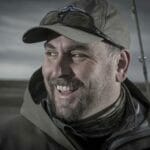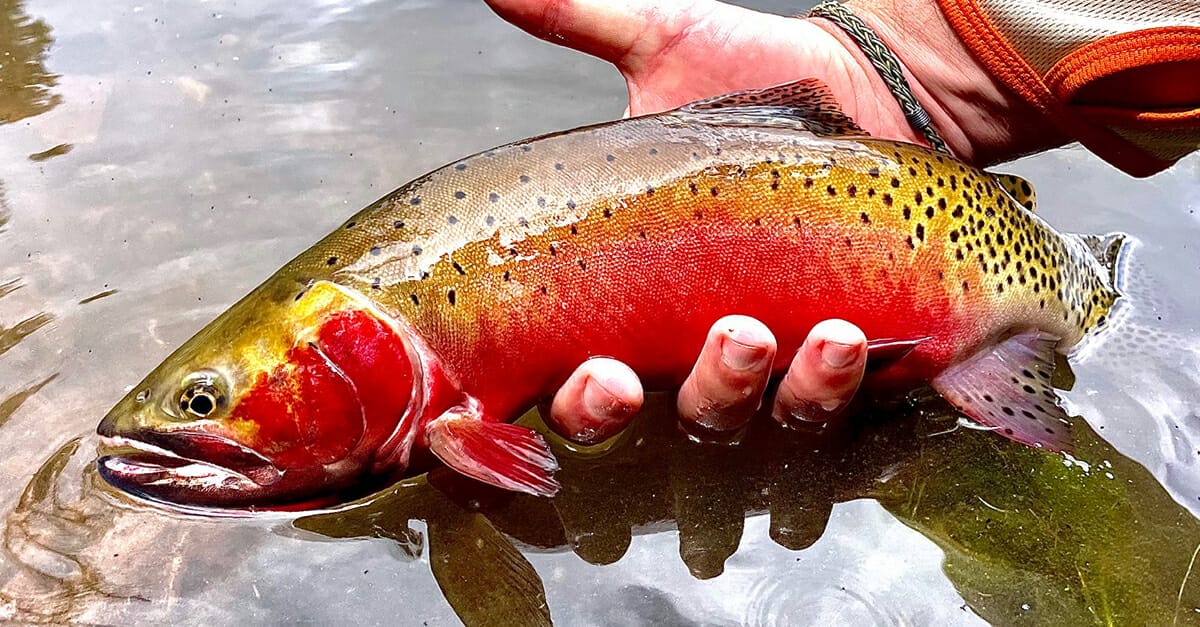I learn a lot about fly fishing when I spin fish, but the reverse is also true.
I remember covering the Bassmaster Classic for Field & Stream magazine where I got to spend time with several pros. You’d be surprised by how many of them said they liked fly fishing. “Teaches me a lot about reading currents,” one of them told me.
And don’t tell the Euro nymph fanatics, but there isn’t a whole lot of practical difference between Czech nymphing for trout and pitching a Carolina rig for largemouth bass.
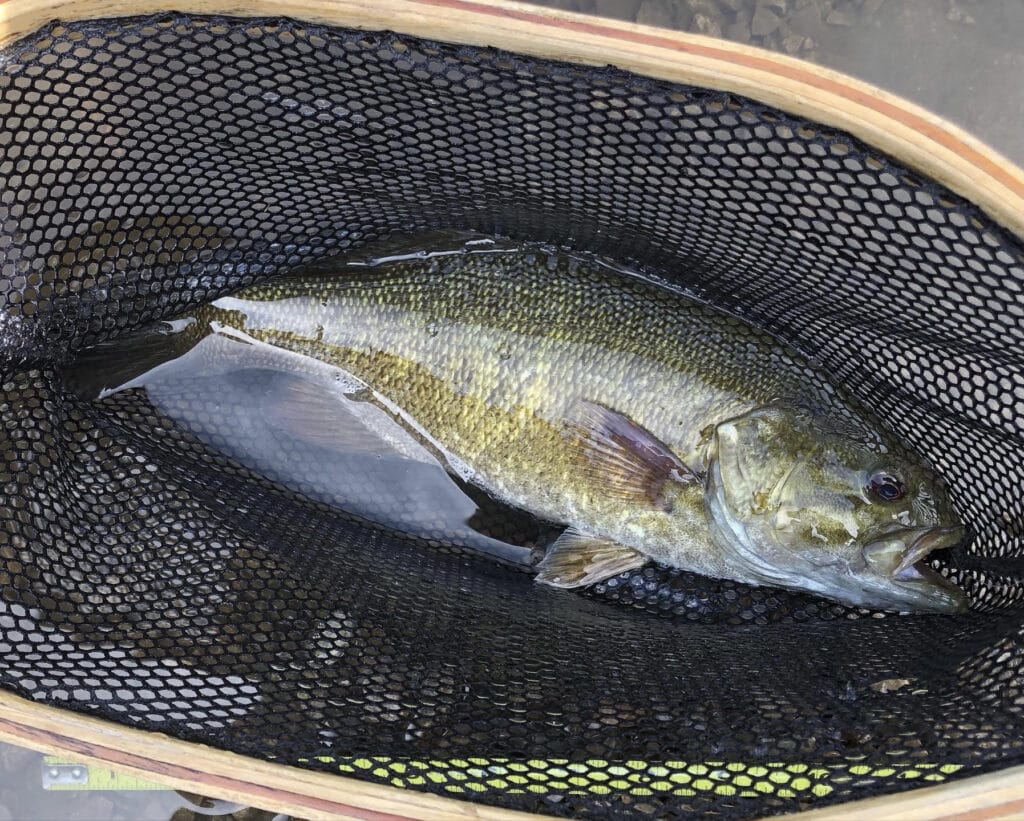
Come to think of it, I learn a lot about fly fishing for trout when I’m fly fishing for bass. Or redfish. And carp… well, that’s the grad school of fly fishing.
Trout are what I call “process feeders.” That means, when the dinner bell rings and the hatch is on, all you must do is make your fly blend in with all the other trays in the cafeteria, and the fish is going to at least give it a good look.
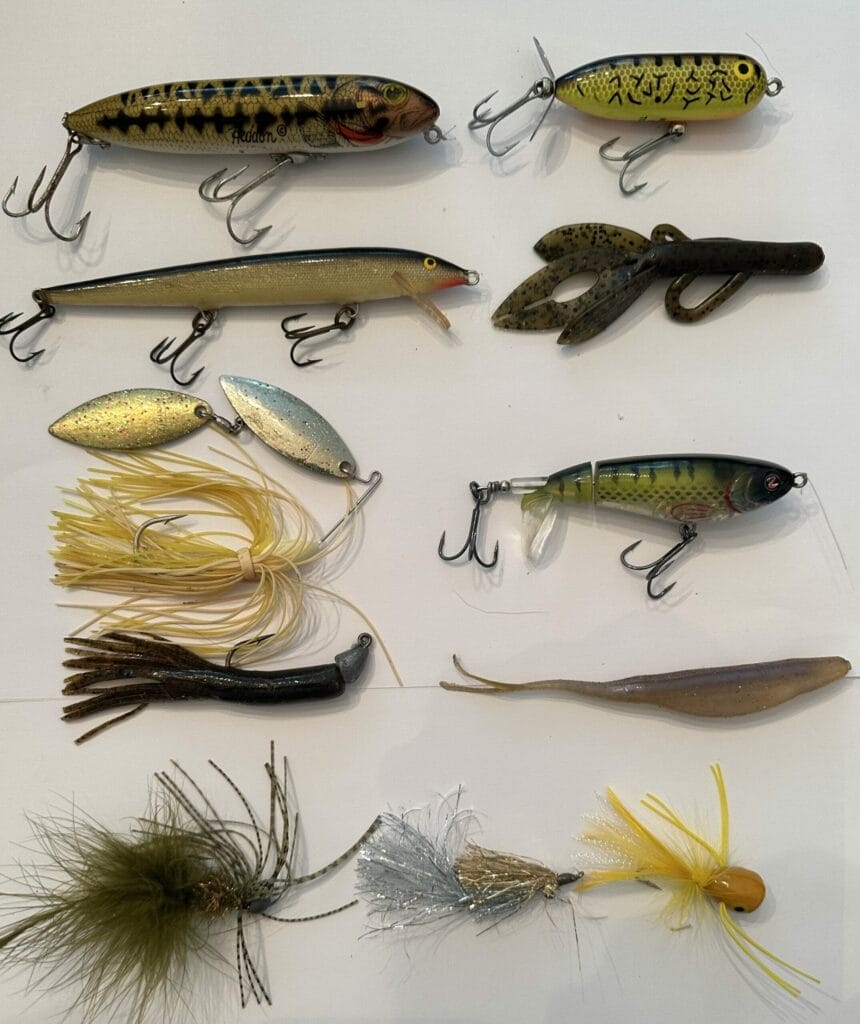
With carp, they can sense your presence several different ways, from sight to smell to feel. And the bad news is when you spook one of them, they tell all their friends (they actually release pheromones that tip off other carp).
Now that I think about that, I learned a lot about sneaking up on carp when I was trout fishing in New Zealand.
- Rule number one: shadows overhead spook fish more than anything else (they are afraid of predatory birds).
- Rule number two: underwater sounds spook fish. Don’t wear cleats that grind on gravel river bottoms. In fact, half the time I fished, my boots weren’t wet at all.
I’ve taken those lessons to heart and am always acutely aware of how wet my boots are, and where the sun is (and my shadows are) before I cast at any fish.
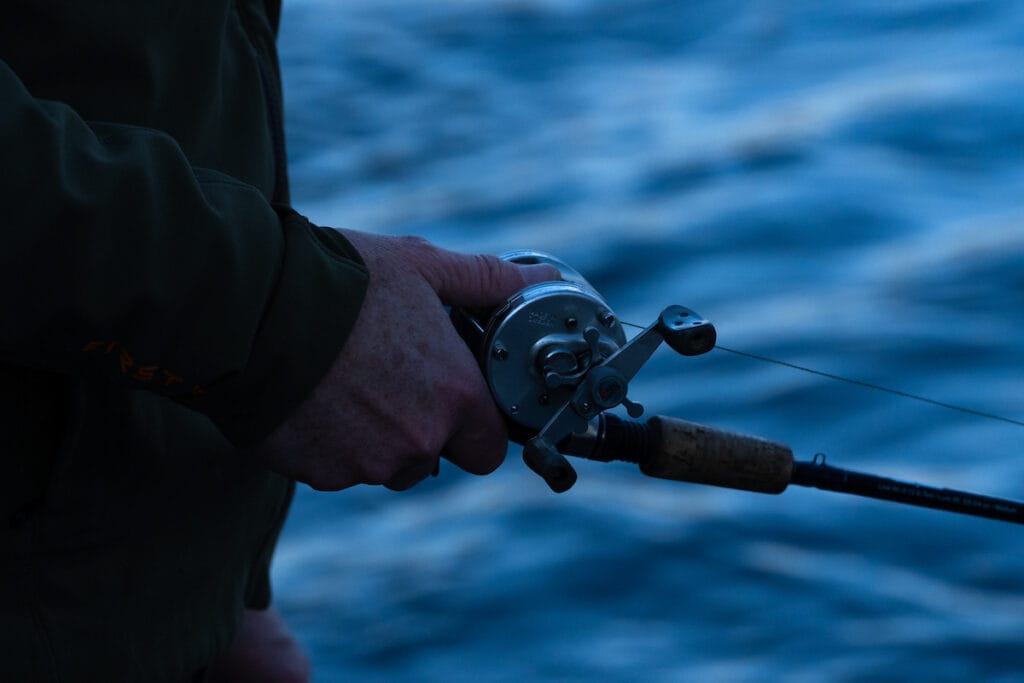
That triggered another thought: one of the best lessons for reading a trout river and guessing where the fish might be happened on a tuna fishing trip off Cape Hatteras. We were out in the open ocean, bouncing on the waves when I asked Captain Steve Coulter what he was looking for. Changes. Changes in color, changes in depth, changes in currents, changes in temperatures and changes in structure (like weed mats or rocks and canyons on the ocean bottom).
It’s the same in a trout river. Fish the current transitions, the structure, the color changes (drop-offs) and you often find the fish.
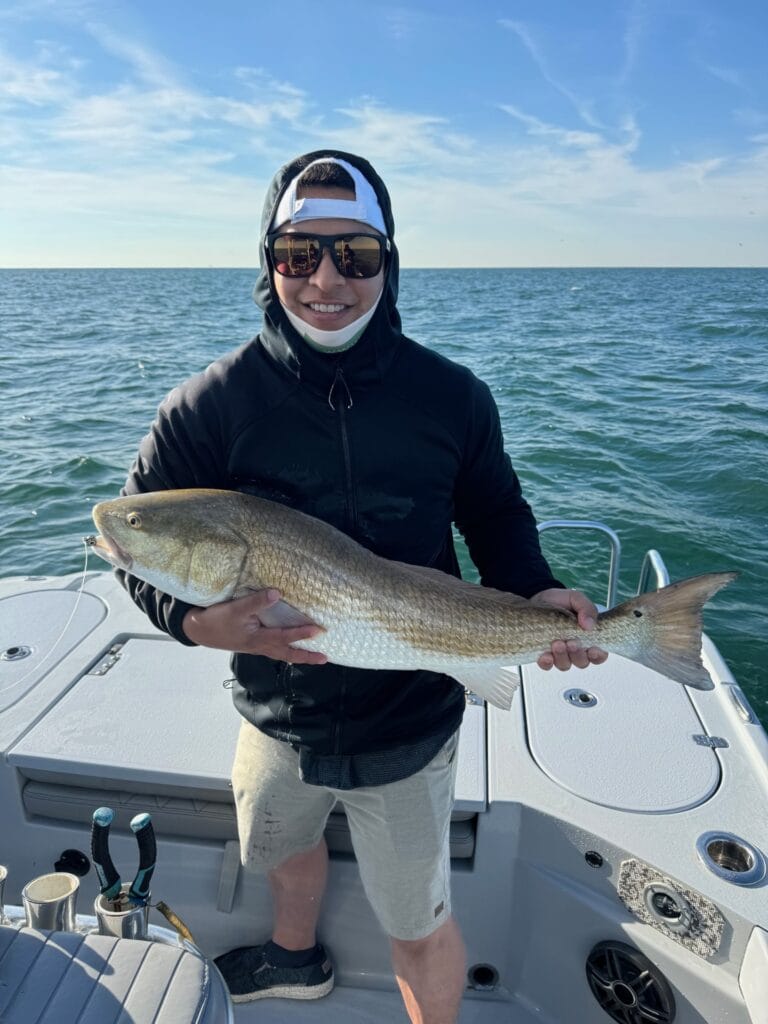
I learn a lot about flies by fishing bait. It’s one thing to look a certain way, but how a fly ”behaves” after it hits the water is half the equation. I’ll always remember Bill Curtis shaking his head in disgust as I merrily skipped a crab fly toward a tailing permit, causing it to bolt away. “Permit aren’t used to their food attacking them,” he muttered.
There’s a lesson in all of this, of course.
Do it all. Fish every way for everything. Make it fun. And learn. If you aren’t learning, you aren’t getting the most out of the fishing experience.
We live in an “or” world these days, that forces you to choose. Are you a bait angler or a fly angler? Do you prefer trout or bonefish?
Fishing should be an “and” pursuit—spin-fishing and fly fishing… bait and flies… saltwater and freshwater… multiple species.
“And” anglers are, in my opinion, a lot smarter—and happier—than those who choose division.


